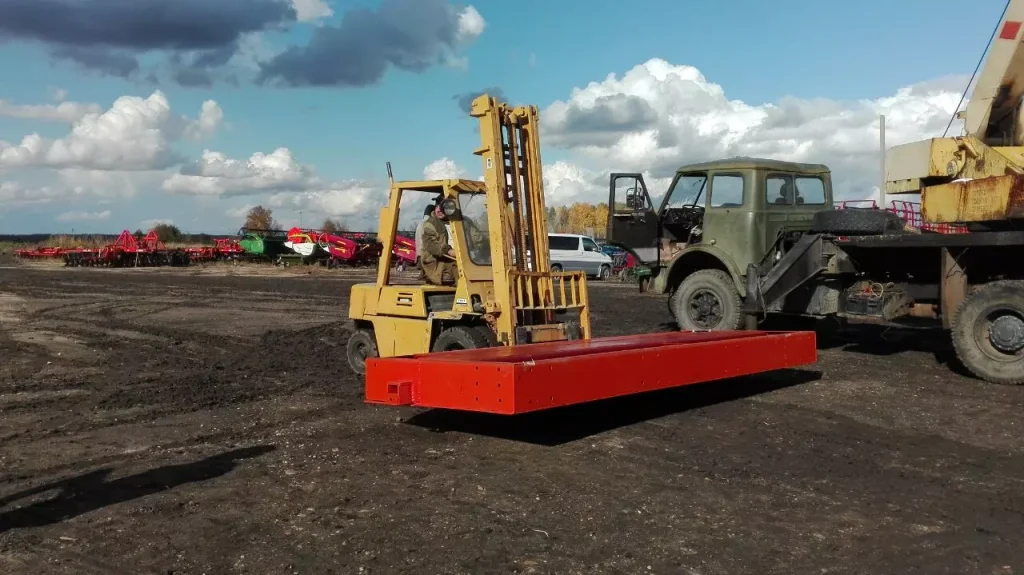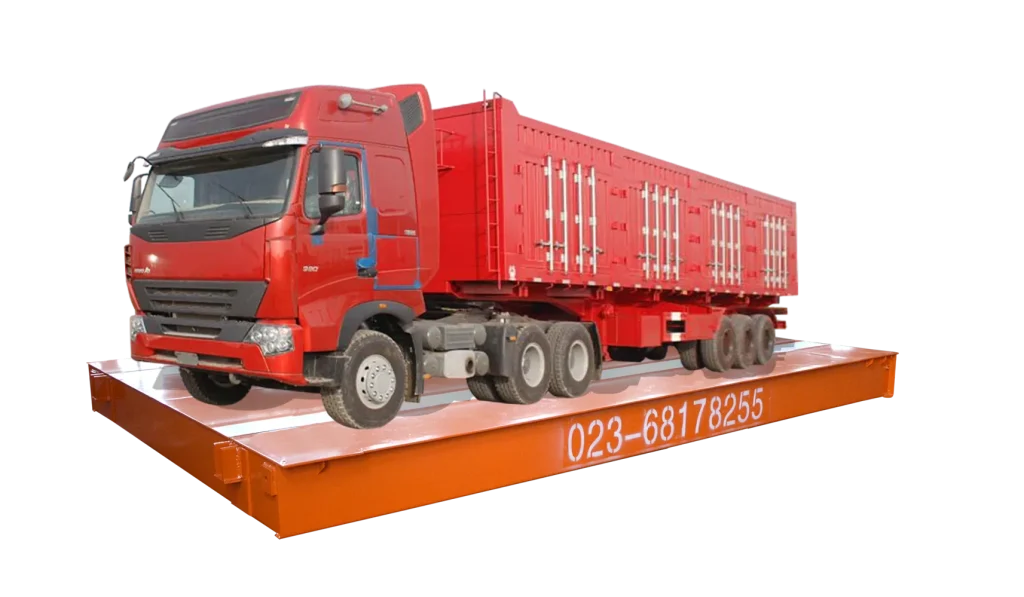Weighbridge System Installation: Things You Need to Know
Weighbridge systems are vital equipment for businesses that deal with the weight of incoming or outgoing goods. A properly installed and maintained weighbridge system ensures accurate weight measurements, promotes efficient operations, and complies with industry regulations.
In this article, we will explore the key considerations, installation process, maintenance practices, and importance of calibration for weighbridge systems.
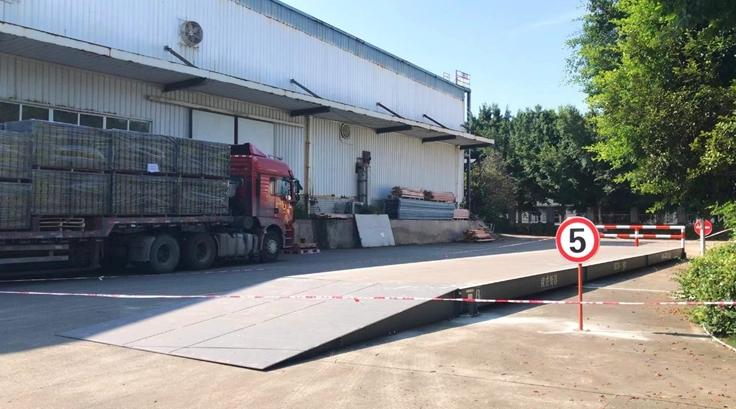
Key Considerations for Weighbridge System Installation
A weighbridge system is a significant investment, so careful planning is essential. Here are some key considerations:
Understanding Your Needs
The first step in planning for a weighbridge system is to thoroughly understand your specific requirements. This involves defining the types and sizes of vehicles that will be weighed, as well as determining the accuracy needed for your operations. For instance, if your business involves weighing large trucks or heavy machinery, the weighbridge must be robust enough to handle these loads and provide precise measurements. Additionally, consider the features that would enhance efficiency and safety, such as traffic lights for directing vehicles, integrated software for data management, and self-service kiosks for drivers. Aligning these needs with your budget ensures that you select a system that is both cost-effective and fully functional for your operation.
Site Selection
Choosing an appropriate site for the weighbridge is vital for both its performance and longevity. The location should have a level, solid surface to ensure accurate measurements and minimize wear and tear on the equipment. Avoid areas with obstructions such as trees, power lines, or uneven ground, which could interfere with vehicle movement or the installation process. Sufficient space is necessary for safe vehicle entry, maneuverability, and exit, accommodating the largest vehicles that will use the weighbridge. It’s also wise to consider future growth; selecting a site that can handle increased traffic volume and larger vehicle sizes will help avoid the need for costly relocations or upgrades later.
Weighbridge Type
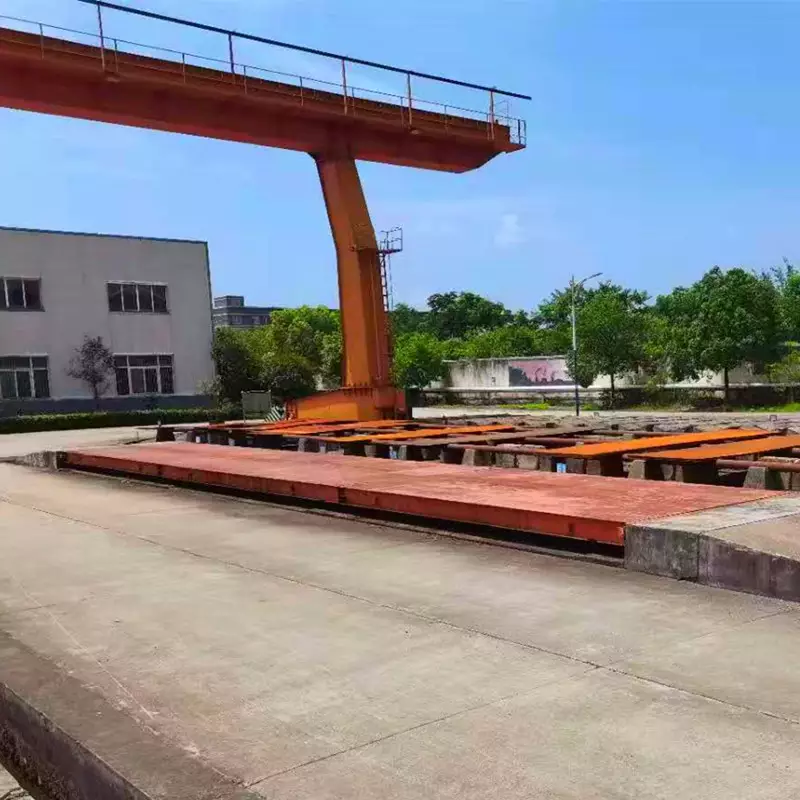
The type of weighbridge you choose will significantly impact installation, maintenance, and operational efficiency. There are primarily two types: pit-mounted and surface-mounted weighbridges.
- Pit-Mounted Weighbridges: These are installed in a pit, making the weighing platform level with the ground. This type is often preferred for permanent installations as it allows vehicles to drive on and off easily without needing ramps. However, pit-mounted weighbridges require substantial excavation and drainage considerations, which can increase installation time and cost.
- Surface-Mounted Weighbridges: These are installed directly on the ground surface and usually require ramps for vehicles to access the weighing platform. They are generally easier and quicker to install than pit-mounted systems and can be relocated if necessary. However, their higher profile may not be suitable for all sites and can be more susceptible to environmental factors.
Compliance
Ensuring that your weighbridge system complies with all relevant legal and regulatory requirements is essential. Different regions have specific standards and regulations governing weight measurements, and non-compliance can result in fines, legal issues, or operational disruptions. Check with local authorities to understand these requirements and select a weighbridge system that meets or exceeds them. This may include certification by regulatory bodies, adherence to industry standards, and regular calibration and maintenance to ensure ongoing compliance.
By carefully considering these factors, you can ensure a successful and efficient weighbridge system installation. This thorough planning will not only optimize the performance and accuracy of the weighbridge but also maximize the return on your investment, supporting your business operations for years to come.
Weighbridge System Installation Process
Installing a weighbridge system is a complex undertaking that requires careful planning and execution. Here’s a closer look at the different stages involved:
- Site Preparation:
- Ground Assessment: A geotechnical survey is crucial to determine the soil composition and bearing capacity. This ensures the chosen location can support the weighbridge’s weight and future traffic loads.
- Leveling and Excavation: The designated area needs to be precisely leveled to create a flat and stable surface for the weighbridge foundation. Depending on the chosen weighbridge type (pit or surface-mounted), excavation may be required to create a pit for the platform to sit within. Proper drainage systems are also installed at this stage to prevent water accumulation around the weighbridge.
- Foundation Construction:
- Pit Weighbridge: A concrete foundation is built within the excavated pit for pit-mounted systems. This foundation provides a solid base for the weighbridge structure and ensures the platform remains level.
- Surface-Mounted Weighbridge: Surface-mounted weighbridges typically use prefabricated steel support structures anchored to concrete pads or screw piles. These structures distribute the weight load evenly and ensure platform stability.
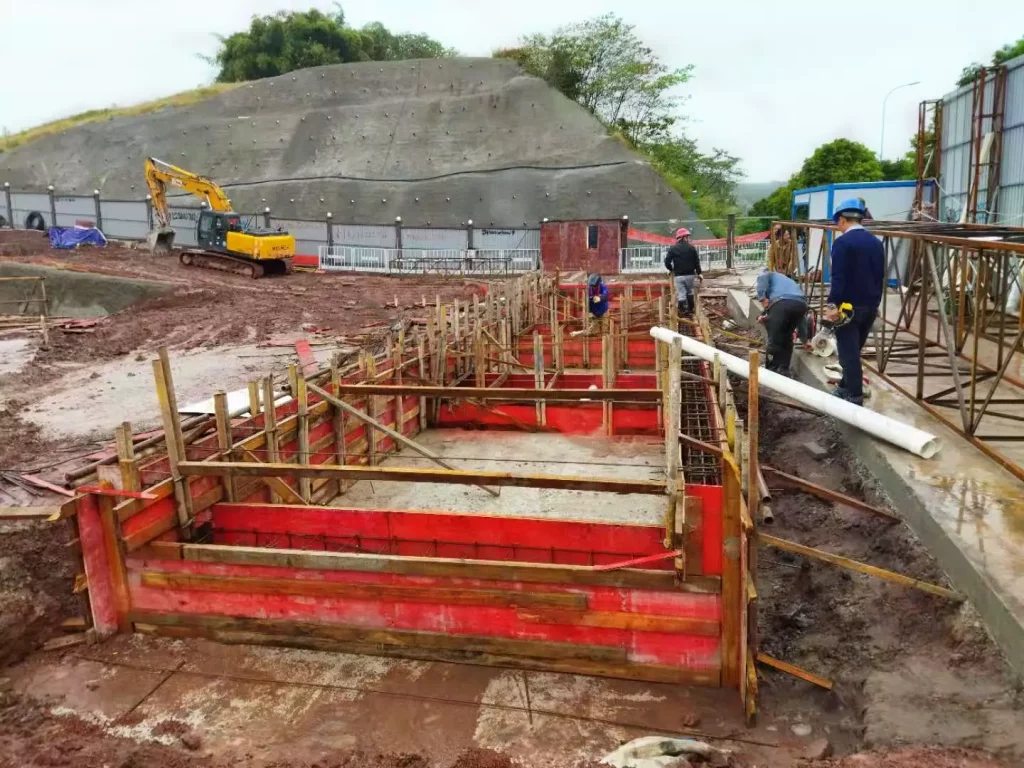
- Weighbridge Assembly:
- Platform Installation: The weighbridge platform, typically made of prefabricated concrete sections or steel decks, is positioned on the prepared foundation. High-precision leveling equipment ensures the platform is perfectly horizontal across its entire surface.
- Load Cell Placement: Load cells are the heart of the weighbridge system, converting weight into electrical signals. They are strategically positioned beneath the platform at designated points to distribute the weight load evenly.
- Weighing Indicator and Control Panel: The weighing indicator, often housed in a weatherproof cabinet, is installed in a convenient location. This displays the weight readings from the load cells and allows for data recording and configuration.
- Electrical Wiring and Cabling:
- Power Supply: The weighbridge system requires a reliable power source. Conduits are installed underground to connect the system to the main electrical panel.
- Data Cabling: Cables are installed to connect the load cells and other components to the weighing indicator. Shielded cables may be necessary to minimize electrical interference and ensure accurate weight data transmission.
- Calibration and Certification:
- Calibration: Once assembled, a certified technician performs a meticulous calibration process. This involves placing known test weights on the platform and adjusting the weighbridge electronics to ensure weight readings are accurate within specified tolerances.
- Certification: Depending on your location and industry regulations, your weighbridge system may require certification by an authorized body. This verifies that the system meets specific accuracy standards and complies with legal requirements for weight measurement.
By following these steps and working with experienced weighbridge installation professionals, you can ensure your weighbridge system is installed correctly, delivering accurate weight measurements for years to come.
FAQs
1.What is the best type of weighbridge for limited space?
A pit type weighbridge is ideal for limited space as it is installed flush with the ground.
2.How often should a weighbridge be calibrated?
Regular calibration should be done at least once a year, but this can vary based on usage and manufacturer recommendations.
3.Can I integrate weighbridge data with my existing software?
Yes, many modern weighbridge systems offer software integration options for seamless data management.
4.What legal standards should a weighbridge comply with?
Ensure compliance with standards such as OIML, NTEP, and ISO, and obtain necessary certifications.
5.What are the ongoing costs associated with a weighbridge?
Ongoing costs include maintenance, calibration, software updates, and potential repairs.
By considering these factors, you can ensure the installation of a reliable, accurate, and efficient Bincen weighbridge system tailored to your operational needs.
Summary
A weighbridge system is a significant investment, and proper installation, maintenance, and calibration are essential for maximizing its benefits. By carefully considering your needs, following a proper installation process, and implementing a regular maintenance schedule, you can ensure your weighbridge system delivers accurate weight measurements, promotes efficient operations, and complies with regulations for years to come.

